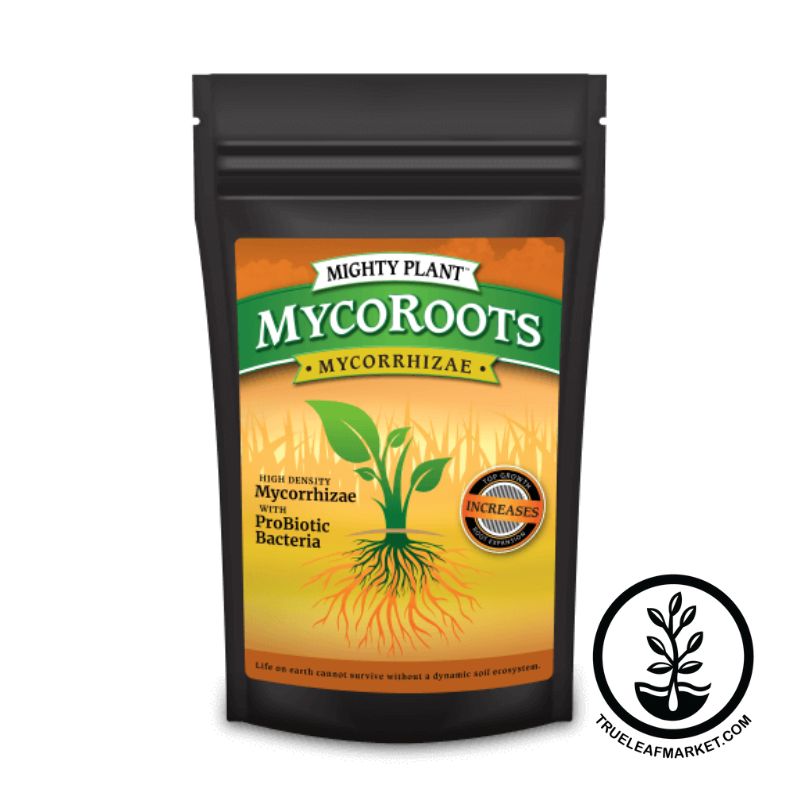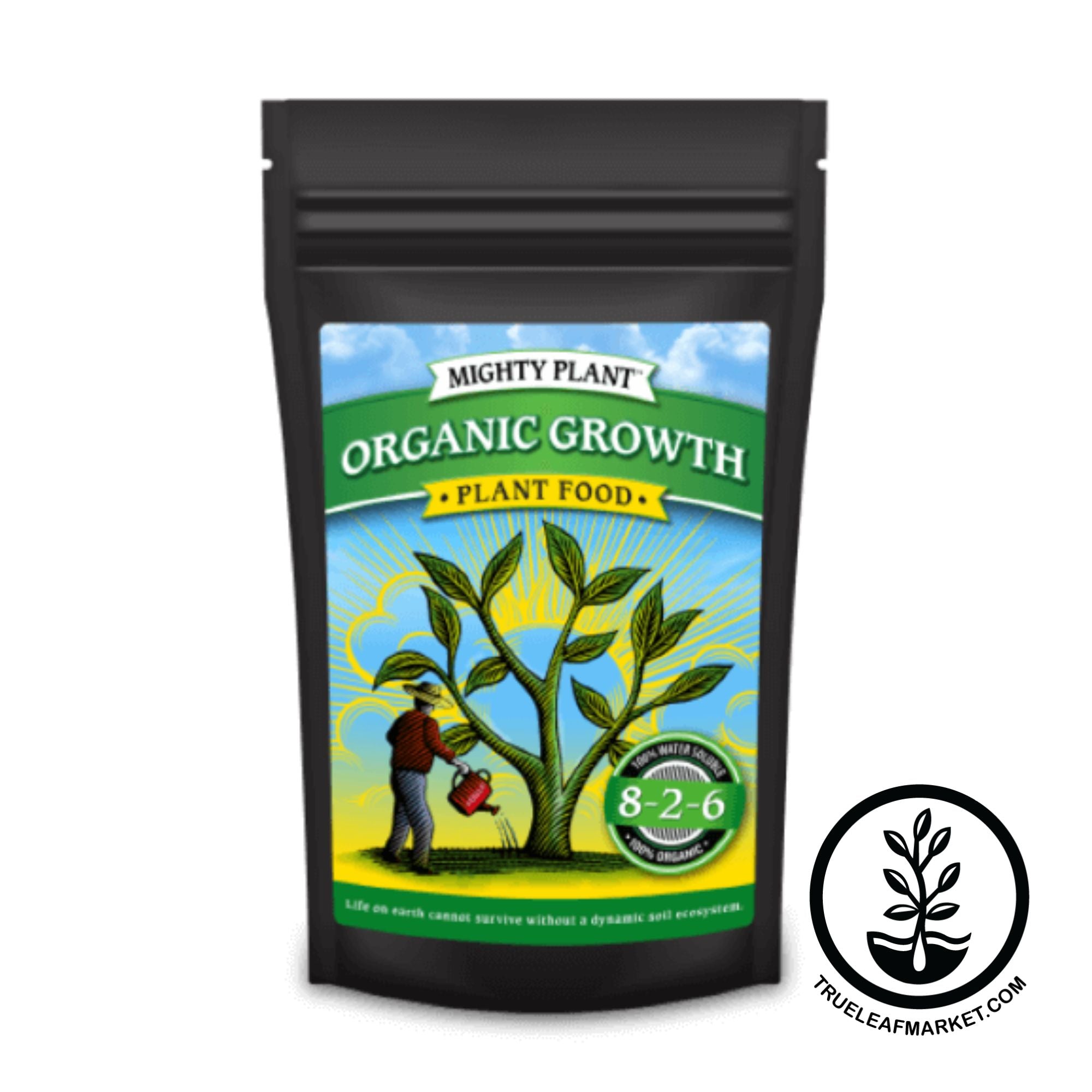
Ashleigh Smith

 |
Written By Lara Wadsworth |
Hardening off is the process of gradually exposing your seedlings to new outdoor conditions to help them adjust without experiencing transplant shock. This is when a seedling becomes delayed, stunted, or even dies after being transplanted outdoors. Much like how people need to ease into big changes, plants also benefit from gradual exposure to a new environment. Hardening off your seedlings helps them thrive once they’re permanently outdoors.
Why Do Seedlings Need to Acclimate Before Transplanting?
You’ll want to harden off your seedlings any time you transition them between environments, even if you’re not transplanting them. The most common example is seedlings started indoors that are big enough to be planted outdoors, but potted plants that have been overwintered indoors or in a garage can benefit from this process as well. It’s best to begin this process about two weeks before the planned planting date.
When plants are grown in a protected space, they are not subjected to the same stress factors as they are outdoors. This causes indoor starts to be more tender. Hardening off allows your plants to acclimate by developing thicker cell walls to endure conditions like fluctuating day and night temperatures and varying levels of sunlight, rain, and wind. This process can be compared to your hands building up calluses over time. The calloused skin acts as a protective barrier to friction that would otherwise tear tender skin or allow heat to cause blisters to form. Wind, rain, and temperature variations are factors that trigger plants to develop more resilient qualities when exposed in small doses over a period of time.

The Hardening Off Process
Prepare - First and foremost, the next two weeks will be so much easier if you can make your seedlings as portable as possible. If you have several seedlings (especially 25+ tiny pots), transporting them in and out of the house each day will become tedious. I like to put all the seedlings I started from seed indoors on a flat, portable surface like a 1020 tray, the lid to a tote, a sheet of plywood (small enough to carry flat), or something similar. Use multiple if you need to, but avoid stacking them. Gather all of your seedlings on this tray of choice and make sure they won’t all slide off if you trip a little bit (ask me how I know this is a risk!). With this setup, you’ll save yourself a lot of effort over the next two weeks.
Step 1: Acclimate 1-2 hours for 2-3 Days
Starting at the warmest part of the day, bring your seedlings outside and place them in dappled or filtered sunlight. Avoid putting them in direct sun or dark shade. The goal of the first few days is to mimic their indoor environment but with a few more variables like slightly higher light, gentle wind, etc. Keep them outside for just a couple of hours the first few days. You want this transition to be as gentle as possible. Ensure your seedlings are sheltered from high wind, temperatures below freezing, or an environment that is more than 15 F cooler than their current growing location.
Step 2: Acclimate 3-4 hours for 2-3 Days
Now that your seedlings have adjusted to being outside for short periods, you can start leaving them out for 3-4 hours. Gradually increase their exposure to direct sunlight, but continue protecting them from high winds and cold temperatures. Even cold-hardy varieties will die if exposed to cold before they are ready for it. As seedlings grow accustomed to outdoor conditions, you can slightly reduce the amount of water they receive. Indoors, seedlings are used to consistent moisture levels, but outside, they'll need to adapt to the natural drying cycles of the garden.
Reduce Stress Before Transplanting by Supporting Root and Leaf Growth
Step 3: Acclimate 6-8 hours for 2-3 Days
Wait until the coldest part of the morning has passed, then place the seedlings outside for 6-8 hours. Continue to protect them from cold temperatures and high winds. However, they need to start experiencing some wind. Begin letting them experience light breezes to strengthen their stems. But if a storm is coming, don’t hesitate to bring them back inside. Put them in a place where they will get direct sun for part of the day (not the hottest part of the day) and then dappled sun or shade for part of the day. Try not to have any of these hours extend into the cool evening unless your daytime temperatures are already above 85 F.
Step 4: Acclimate Outdoors All Day for 2-3 Days
The next step is keeping the seedlings outside all day, typically around 12 hours. Keep monitoring for extreme weather conditions, like freezing temperatures or strong winds, but they’re getting closer to being fully acclimated. For example, early spring vegetables like cabbage or kale can be exposed to much colder temperatures at this point because they are likely being planted out before the last frost date and need to get used to it. Whatever you do, make sure it is gradual!
Step 5: Acclimate All Day and Overnight for 1-2 Days
After a week or more of hardening off, and once the nighttime temperatures are consistently above 50 F, leave your seedlings outside overnight. Keep a close eye on the weather and the thermometer outside, and bring them back inside or cover them at the slightest chance of temperatures below 45 F. After this step, you will finally be ready to plant them in the garden! Ensure you plant them on a cloudy day, in the morning, or evening.
When it comes to starting plants from seed, the most challenging and nerve-wracking part is often transplanting into the garden. When done improperly, it can kill seedlings left and right. As a fellow gardener, I know it can be tempting to skip or rush this process, but trust me, your plants will thank you by growing stronger and healthier in the long run if they acclimate gradually. You’re giving them the best chance to grow strong and healthy by easing them into their new outdoor environment. A little patience now will pay off in the form of a thriving garden throughout the season!
 |
Lara Wadsworth, True Leaf Market Writer |
I am a native of Southwestern Michigan, where I also reside, and I love all things plants! I got a Bachelor's Degree in Horticulture and found the first work-from-home job I could get. Now, I spend my days writing for TLM, playing with my dog, eating delicious food with my husband, and plotting my next landscape or gardening move. I believe everyone should get down and dirty in the soil now and then. Happy Gardening!
About the Author

I'm Ashleigh Smith, a native to Northern Utah. I first gained a love of gardening with my grandmother as I helped her each summer. I decided to make a career of it and have recently graduated with a Bachelor's degree in Horticulture from Brigham Young University - Idaho. My studies have focused on plant production while I also have experience in Nursery & Garden Center Operations.
Our Recommended Picks
Leave a comment
Your email address will not be published. Required fields are marked *
5 comments
Barbara Young
Thank you for this detailed instruction. I have been guilty of rushing the process and have learned that a bit of patience goes a long way toward plant survival!
Karen Schreck
This by far the most complete, detailed, and practical article I have ever read in hardening off seedlings. I live in Northern lower Michigan (zone 5) so hardening off is a big deal! Thank you for the information. Have a great day!
melinda parrish
Thanks for the tips. Sometimes people leave out a curtain step, but I think your tip is great. I think I can follow this process with no problem. Thanks
Mellon Campbell
Will tuck these instructions into the potato chip can where I store my seeds…a great reference! Will soon start my trays…wish me luck…and thanks a bunch for your very informative website.
keith m mcnurney
this will help me and the garden happiest days ahead
Further Reading

Microgreens Activities for Kids: Easy Gardening Fun at Home
Written By Lara Wadsworth Getting kids involved in gardening and food production is a wonderful way to create lasting bonds and educate them about food and nutrition. Microgreens are a super-easy way to do this! You can grow them right in your home and...

Ashleigh Smith
2025-05-147 min read0
Easy Tomato Pruning Tips Every Home Gardener Should Know
Written By Ashleigh Smith Tomatoes are one of the most popular plants in the home vegetable garden. They are tasty and boast a variety of uses from pasts, sauces, salsas, and so much more! Boost your tomato yields by properly pruning your plants for gr...

Ashleigh Smith
2025-05-136 min read0
Top 10 Annual Flowers For Container Gardens From Seed
Written By Lara Wadsworth Container gardens are an easy, affordable way to add vibrant color and beauty to patios, balconies, entryways, or windowsills. Whether you’re a beginner or a seasoned green thumb, these annual flowers are perfect for creating ...

Ashleigh Smith
2025-05-068 min read0
May Planting Guide By Zone
Written By Lara Wadsworth May is a fantastic time to get your hands dirty and start planting, no matter where you live! With warmer, but still mild temperatures, and longer days, gardens everywhere are bursting with potential. But exactly what is best ...

Ashleigh Smith
2025-04-2913 min read0







